Toulouse is located in southwestern France and is the country’s fourth-largest city. It has gained recognition primarily because the headquarters of Airbus is based here. Many visitors from abroad come to Toulouse for aviation-related purposes, such as pilot training, aircraft procurement, or as aviation enthusiasts.
Beyond aviation tourism, there are relatively fewer attractions, but Toulouse serves as a convenient stopover for travelers heading to southern France or Spain.
The city’s main sights are concentrated within a walkable area. Starting from Place du Capitole (City Hall Square), visitors can explore the main attractions on foot, including churches, museums, pedestrian streets, and the Garonne River.
My first stop was the Capitole de Toulouse, which is the city’s main square. It’s pretty much the heart of Toulouse, kind of like a pedestrian street. I got there after ten, and there were very few people around. Most of the shops on the street were still closed.


Saint-Sernin Basilica is a typical Catholic church. There’s no separate area for visitors and worshippers; the atmosphere feels a bit solemn.

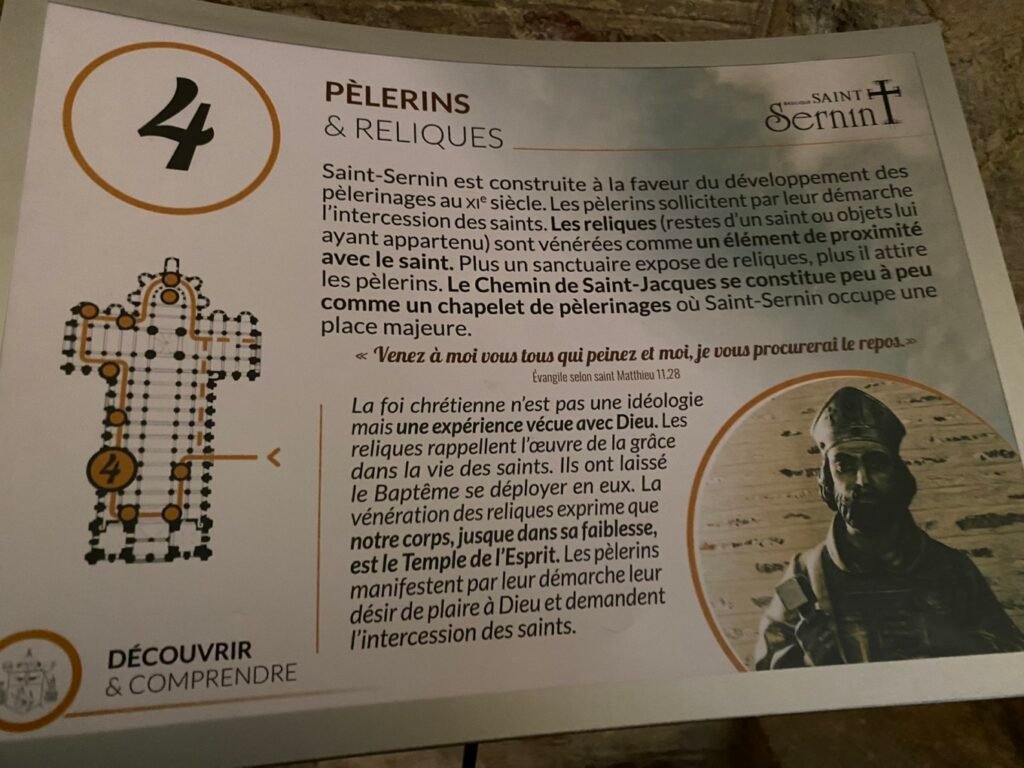
A charming little pastry shop on the street.
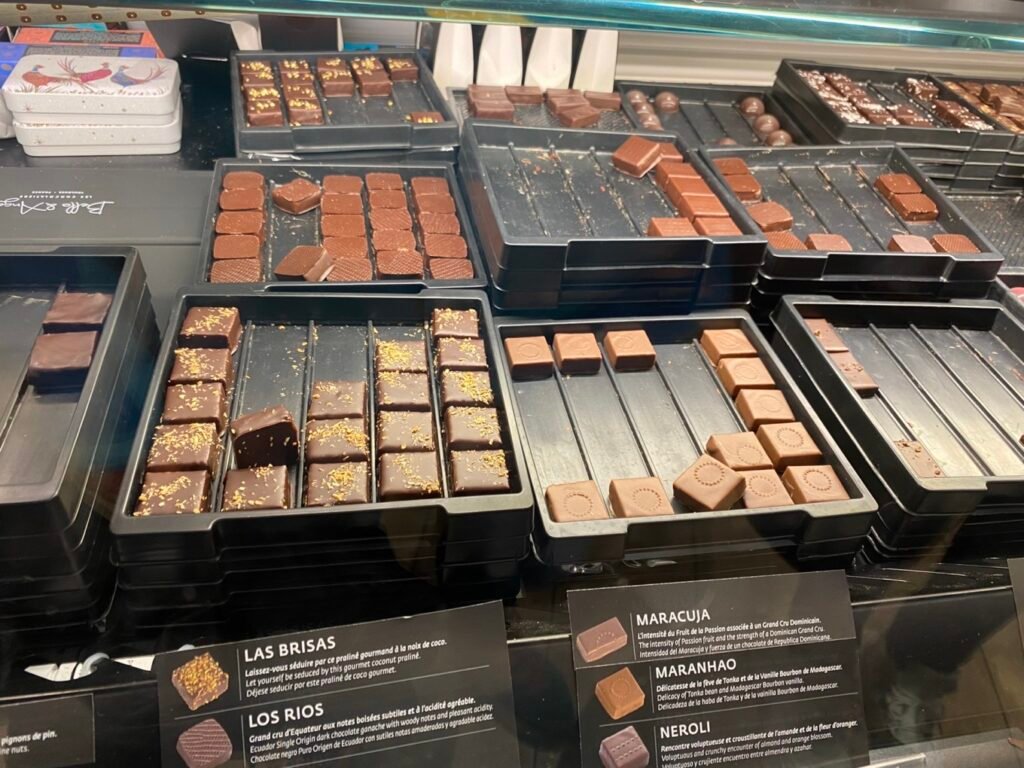
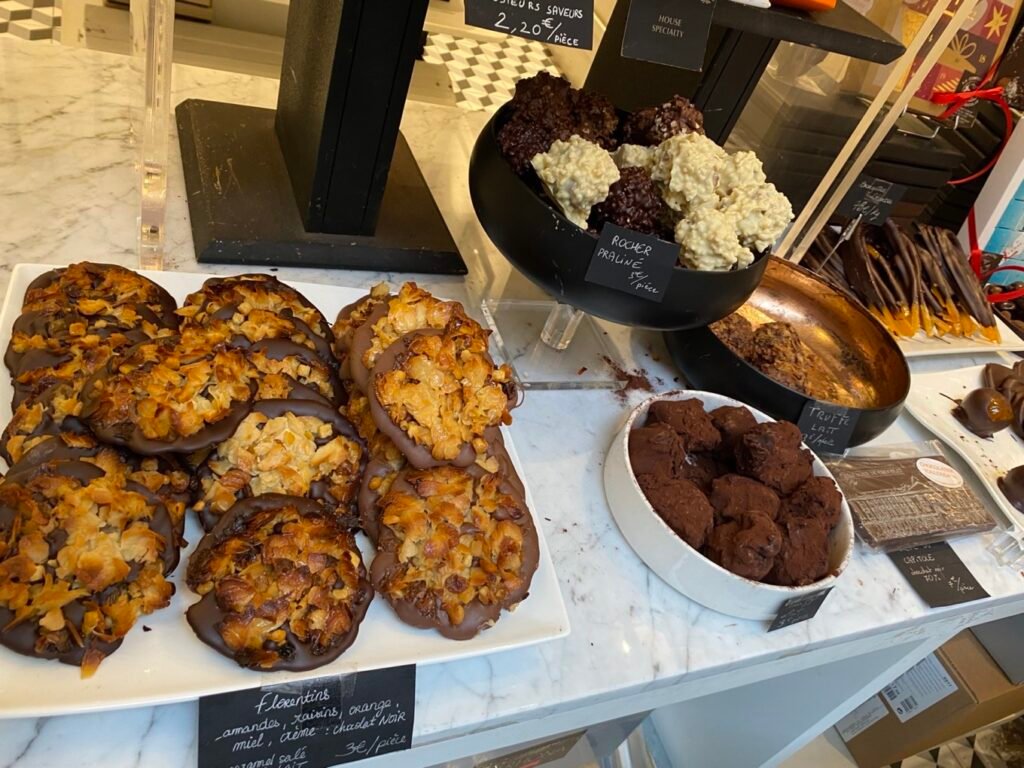
Toulouse Museum
The Toulouse Museum is conveniently located near the city center with easy access to trams right outside. There are also plenty of attractions nearby, including the Toulouse Botanical Garden. Inside the museum, there’s a small botanical garden featuring a variety of rare plants.
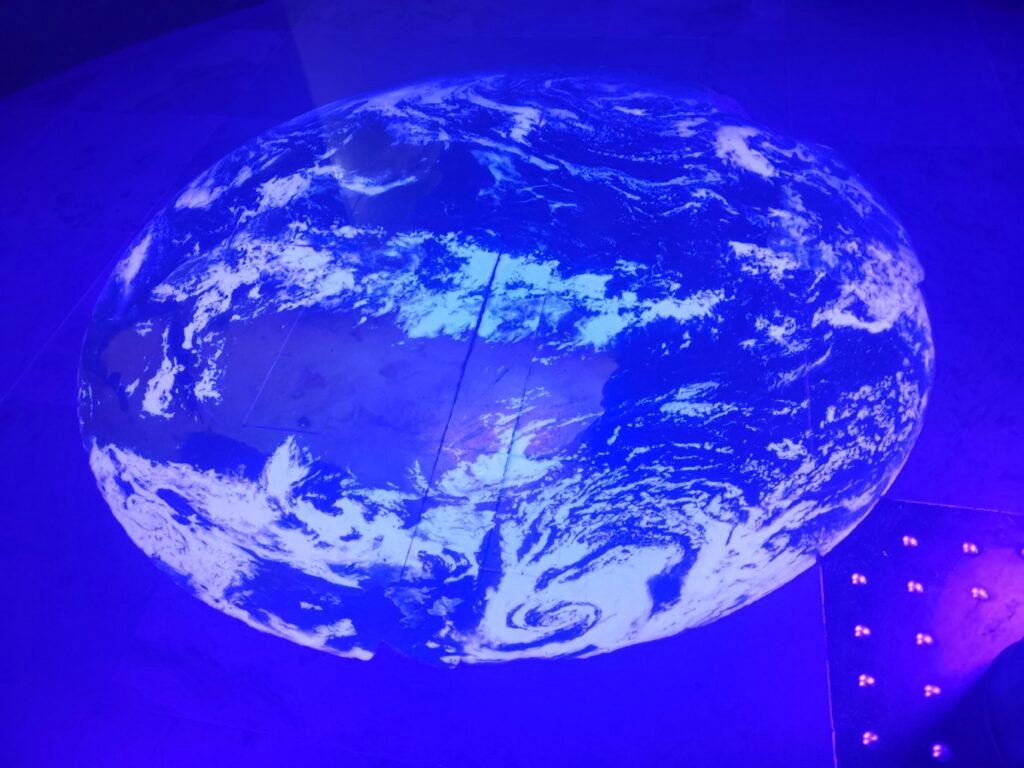
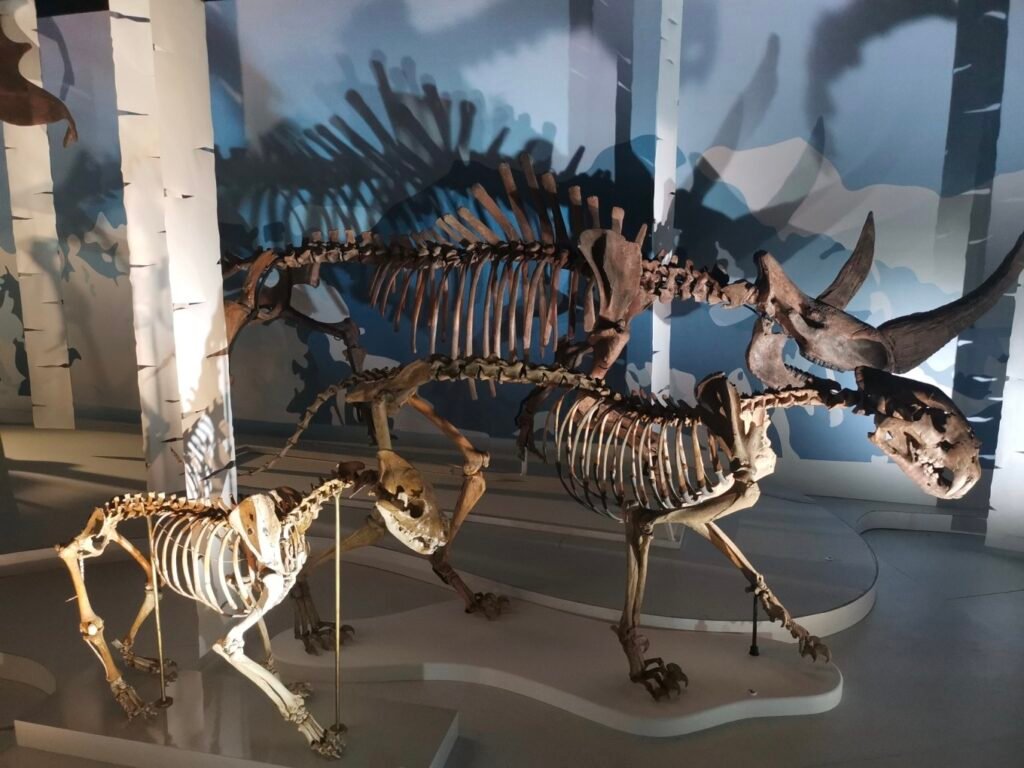
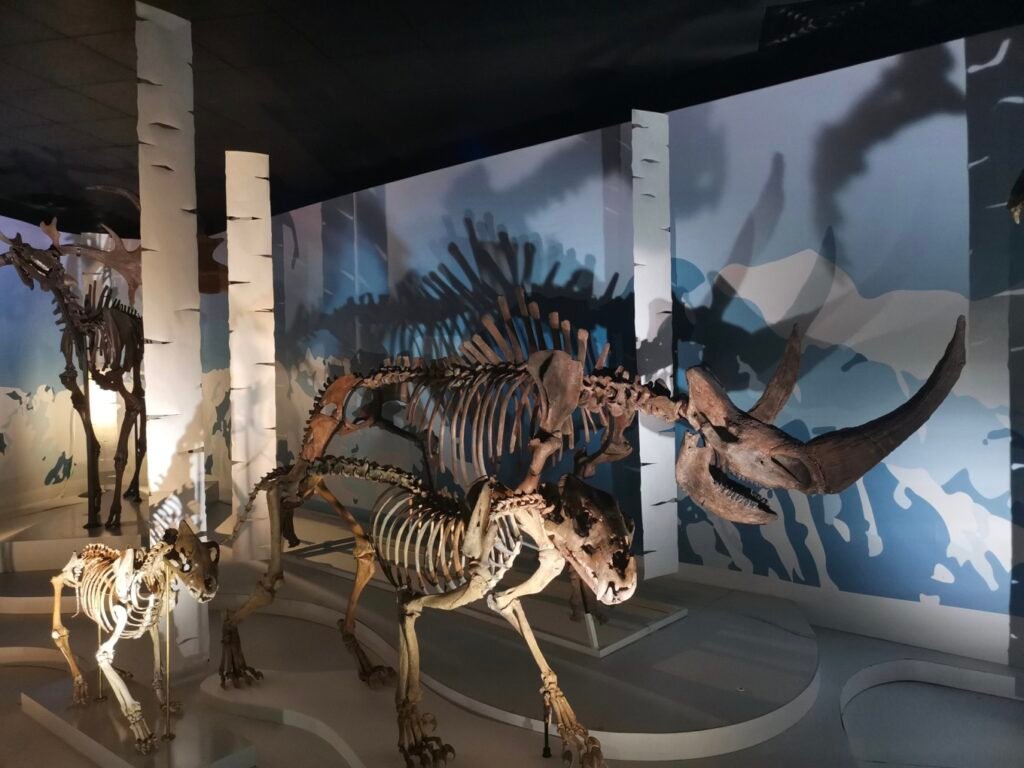
This museum is a comprehensive one covering various fields, with exhibits on natural history, history, biology, and more. It leans heavily towards natural history.
When you enter, the lobby features impressive displays of animal specimens, models, and skeletons. Moving further inside, there are interactive exhibits, such as machines that simulate vibrations and even the ancient Chinese seismoscope designed by Zhang Heng. Further on, there’s a whole wall dedicated to skeletons of extinct or rare animals.
There are also many exhibition halls explaining Earth sciences, including geology and geography, and showcasing valuable mineral specimens. At the end of the museum tour, you’ll find many glass walls filled with animal specimens, which is both impressive and photogenic.
The Toulouse Museum is definitely worth visiting. It’s affordable and offers a wealth of up-to-date content, making it a visual treat.
Cité de l’Espace:
This is a large indoor and outdoor science museum dedicated to space technology, located in the eastern part of the city. It requires a combination of metro and bus to reach. Before entering the park, visitors can spot the iconic 55-meter-tall rocket model.
Inside the park, there are activities such as IMAX films, a life-sized model of the International Space Station (which you can enter), and moon exploration exhibits. It’s a great place for families, combining education and fun. You can easily spend an entire day here.

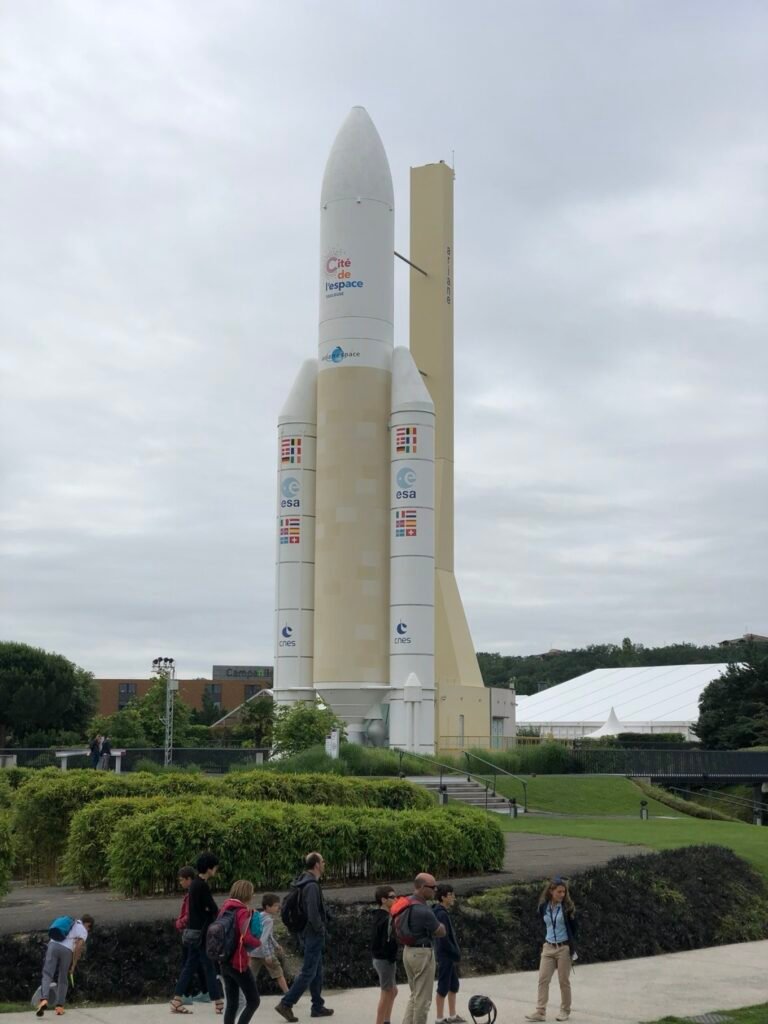


Airbus Factory:
The headquarters of Airbus, where its final assembly lines are located, is open for tours. For aviation enthusiasts, this is a must-see attraction. The reception area is connected to the aerospace museum, where visitors can also purchase Airbus souvenirs. Factory tours require advance booking and cannot be entered with on-the-spot tickets, so make sure to reserve your spot on the official website.
If you plan to explore both Toulouse city center, Cité de l’Espace, and the Airbus factory, you will need at least two full days.


Local cuisine recommendation: There is a popular steakhouse in the city offering set meals for around 22 euros per person, which include a starter, bread, and the main course (steak with fries). Drinks and wine are charged separately. It’s a trendy spot, so expect long lines in the evening.

Toulouse’s civilian airport is shared with the Airbus delivery center and test flight airport. If you’re flying into Toulouse, you might be lucky enough to catch a glimpse of the Airbus Beluga (the aircraft transporter).


Port City – Sète
Sète is a small port city on the Mediterranean coast of southern France, under the jurisdiction of Montpellier. It takes about two hours by train from Toulouse, and it’s recommended to buy train tickets a day in advance at Matabiau Station or through a booking app.
The city is compact and easy to explore on foot. Canals run through Sète, filled with yachts and fishing boats that can sail directly into the Mediterranean when needed. Though small with few traditional attractions, the town offers a serene and relaxed vibe.
Upon arrival in the morning, take a leisurely stroll from the train station into the city, explore local shops, and snap some photos along the canals. For lunch, pick a restaurant by the canal, open a bottle of dry white wine, and enjoy some fresh French oysters—truly one of the best ways to savor life while traveling.
In the afternoon, hike up the hill to enjoy a panoramic view of the Sète port and coastline.


Montpellier
Montpellier is the eighth-largest city in France and the seventh-largest university city. With its typical Mediterranean climate, it serves as a popular summer getaway and is known as the “City of Sunshine” due to its abundant sunlight.
Exploring the city can easily be done in a day. A direct train ride from Toulouse takes about 2 hours and 15 minutes. It’s recommended to buy tickets in advance, ideally for a round trip, so you can have enough time to enjoy your visit.
Upon arriving in Montpellier, take a short walk from the train station to Place de la Comédie. If you left early in the morning, grab a coffee and croissant at one of the cafés on the square. Sit back and enjoy the performances of street artists, and perhaps even watch passersby join in, fully immersing yourself in the laid-back, romantic rhythm of French life.


Next to Place de la Comédie is the tourist center, where you can pick up a map to guide your exploration. You could also rent a bicycle to weave through the city, but walking is generally recommended. Many European streets are paved with cobblestones, which can make cycling bumpy, and narrow wheels might get stuck between the stones, posing a safety risk.
If you prefer not to walk, Montpellier’s colorful trams are a great option. Take a photo of the transport network map and use it to navigate between attractions and tram stops. Daily passes are usually available and more cost-effective than purchasing single tickets for each ride.


Montpellier Old Town:
The Old Town lies between Place de la Comédie and the Arc de Triomphe, with narrow, winding streets following the layout from the Middle Ages, offering plenty to explore. Many buildings along the way are grand mansions from the 17th and 18th centuries, adding to the charm and historic ambiance.


Montpellier’s Arc de Triomphe:
Built to commemorate Louis XIV, this triumphal arch predates the one in Paris.

Peyrou Gardens:
Just beyond the Arc de Triomphe lies the expansive Peyrou Gardens, offering excellent views, with mountains on one side and the Mediterranean Sea on the other. At the center stands an equestrian statue of Louis XIV.

Saint-Pierre Cathedral:
The only church in Montpellier that wasn’t completely destroyed during the Wars of Religion. Unlike other grand cathedrals, its design is simple and unadorned, exuding a humble charm.


With this, your day in Montpellier comes to an end. Head southeast from the cathedral, passing once more through the Old Town, and make your way back to the train station for your return to Toulouse.
Rocamadour, Collonges-la-Rouge:
These two places were visited within one day, as both are quite off the beaten path. It’s hard to find information on how to get there online, and many travel apps don’t even have their locations. During a rest day in Toulouse, our group of 11 rented a car for the day, following routes recommended by a local travel agency. Fortunately, the trip didn’t disappoint. If others are interested, renting a car or driving yourself is essential.
Rocamadour:
Located in the Lot department of the Pyrénées region, this small town is built along a hillside, giving the appearance of houses hanging from the cliff. The church here houses a wooden statue of the Black Madonna, said to be highly miraculous, making the town a popular pilgrimage site perched on the cliffs.


Entering the town from the stone archway in the northeast, you first pass through the main commercial street at the town center. The street is lined with colorful souvenir shops, cafes, and restaurants, and a tourist train occasionally passes by, adding to the lively atmosphere. Following the signs toward the church, you can reach the sanctuary by climbing 216 pilgrimage steps. If you prefer not to take the stairs, a paid elevator is also available. This is the place that holds the deepest significance for pilgrims.


Collonges-la-Rouge:
A 50-minute drive (40 kilometers) north of Rocamadour brings you to one of the most beautiful villages in France, known as the “red” Collonges-la-Rouge. Many of the village’s buildings are constructed from local red sandstone, giving them their distinctive color due to the iron oxide in the stone. The village is home to about 400 residents, who warmly welcome visitors with artisan shops, souvenir stores, restaurants, and cafes. Strolling through the village, you leave behind the hustle and bustle of the city, immersing yourself in the serenity and tranquility that this vibrant red landscape offers.




